


The field of ionic liquids has seen phenomenal growth in recent years, with the topic spanning a variety of disciplines across the chemical sciences. The recent themed issues from ChemComm, PCCP and CrystEngComm showcase some of the latest developments from a range of scientific subjects utilising the unique properties of ionic liquids.
Highlights from these themed issues include the articles below, which are free to download until the 24th August. You can also access the full themed issues by clicking on the buttons above.
 Ionic liquids as crystallisation media for inorganic materials Ejaz Ahmed, Joachim Breternitz, Matthias Friedrich Groh and Michael Ruck, CrystEngComm, 2012, 14, 4874-4885
Ionic liquids as crystallisation media for inorganic materials Ejaz Ahmed, Joachim Breternitz, Matthias Friedrich Groh and Michael Ruck, CrystEngComm, 2012, 14, 4874-4885
Ionic liquids in confined geometries Susan Perkin, Phys. Chem. Chem. Phys., 2012, 14, 5052-5062
Fluorescence monitoring of ionic liquid-facilitated biopolymer mobilization and reorganization Luke M. Haverhals, Laura M. Nevin, Matthew P. Foley, E. Kathryn Brown, Hugh C. De Long and Paul C. Trulove, Chem. Commun., 2012, 48, 6417-6419
Hofmeister effects of ionic liquids in protein crystallization: Direct and water-mediated interactions Magdalena Kowacz, Abhik Mukhopadhyay, Ana Luísa Carvalho, José M. S. S. Esperança, Maria J. Romão and Luís Paulo N. Rebelo, CrystEngComm, 2012, 14, 4912-4921
Influence of the ionic liquid/gas surface on ionic liquid chemistry Kevin R. J. Lovelock, Phys. Chem. Chem. Phys., 2012, 14, 5071-5089
 Optically responsive switchable ionic liquid for internally-referenced fluorescence monitoring and visual determination of carbon dioxide Shubha Pandey, Sheila N. Baker, Siddharth Pandey and Gary A. Baker, Chem. Commun., 2012, 48, 7043-7045
Optically responsive switchable ionic liquid for internally-referenced fluorescence monitoring and visual determination of carbon dioxide Shubha Pandey, Sheila N. Baker, Siddharth Pandey and Gary A. Baker, Chem. Commun., 2012, 48, 7043-7045
Supramolecular architectures of symmetrical dicationic ionic liquid based systems Haregewine Tadesse, Alexander J. Blake, Neil R. Champness, John E. Warren, Pierre J. Rizkallah and Peter Licence, CrystEngComm, 2012, 14, 4886-4893
New insights into the interface between a single-crystalline metal electrode and an extremely pure ionic liquid: slow interfacial processes and the influence of temperature on interfacial dynamics Marcel Drüschler, Natalia Borisenko, Jens Wallauer, Christian Winter, Benedikt Huber, Frank Endres and Bernhard Roling, Phys. Chem. Chem. Phys., 2012, 14, 5090-5099
An elegant access to formation and vaporization enthalpies of ionic liquids by indirect DSC experiment and “in silico” calculations Sergey P. Verevkin, Dzmitry H. Zaitsau, Vladimir N. Emel’yanenko, Christoph Schick, Saivenkataraman Jayaraman and Edward J. Maginn, Chem. Commun., 2012, 48, 6915-6917
 Ionic liquid-mediated epitaxy of high-quality C60 crystallites in a vacuum Yoko Takeyama, Shingo Maruyama, Hiroki Taniguchi, Mitsuru Itoh, Keiji Ueno and Yuji Matsumoto, CrystEngComm, 2012, 14, 4939-4945
Ionic liquid-mediated epitaxy of high-quality C60 crystallites in a vacuum Yoko Takeyama, Shingo Maruyama, Hiroki Taniguchi, Mitsuru Itoh, Keiji Ueno and Yuji Matsumoto, CrystEngComm, 2012, 14, 4939-4945
Proton transfer and polarity changes in ionic liquid–water mixtures: a perspective on hydrogen bonds from ab initio molecular dynamics at the example of 1-ethyl-3-methylimidazolium acetate–water mixtures—Part 1 Martin Brehm, Henry Weber, Alfonso S. Pensado, Annegret Stark and Barbara Kirchner, Phys. Chem. Chem. Phys., 2012, 14, 5030-5044
Direct visualization of solution morphology of cellulose in ionic liquids by conventional TEM at room temperature Nan Luo, Yuxia Lv, Dexiu Wang, Jinming Zhang, Jin Wu, Jiasong He and Jun Zhang, Chem. Commun., 2012, 48, 6283-6285
If you’re interested in ionic liquids, why not take a look at the recent cross-journal promotion Incredible ionic liquids: an article collection.
You can keep up to date with all the latest developments across the chemical sciences by signing up to your favourite journal e-alerts or following them on twitter!











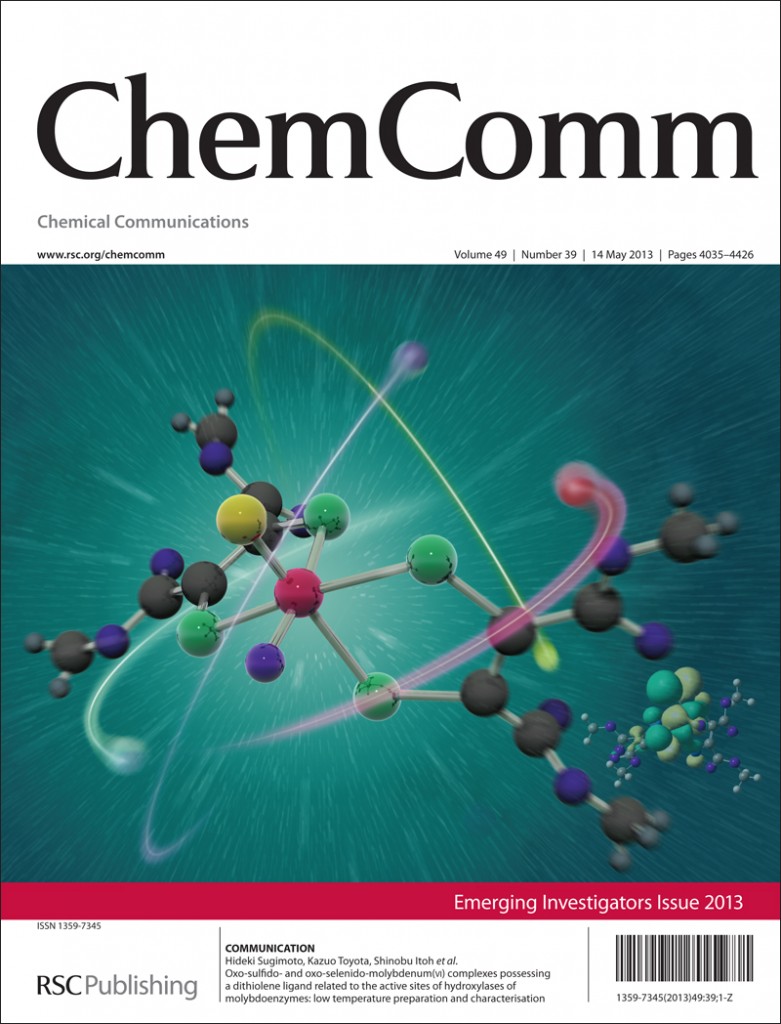
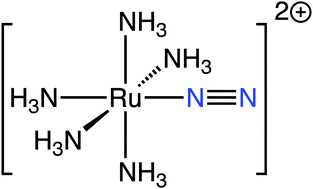
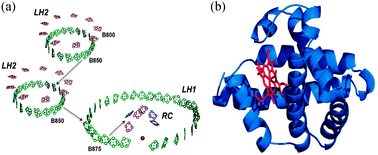
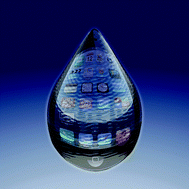
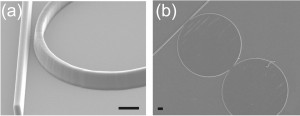
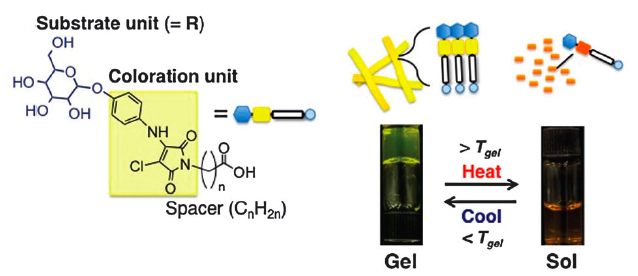
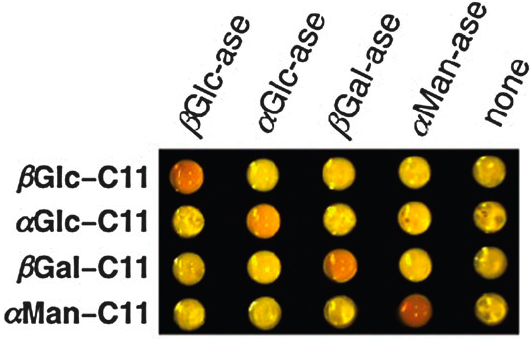






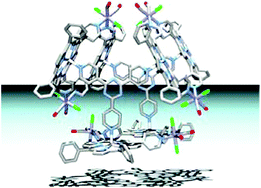 ChemComm
ChemComm